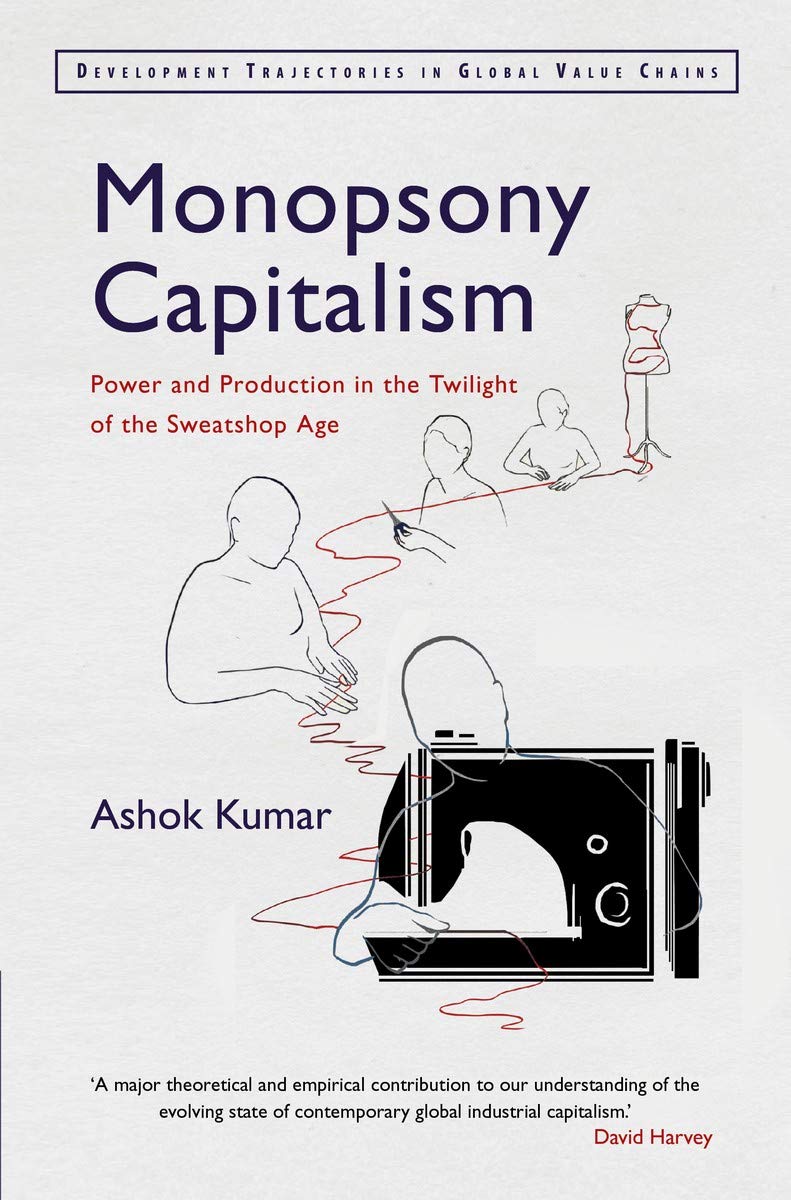The book under review, Monopsony Capitalism: Power and Production in the Twilight of the Sweatshop Age, could bear the title of the review of the book as it is reminiscent of the regime of accumulation described in the classic Monopoly Capital by Paul Baran and Paul Sweezy, and recalled by Ashok Kumar on page 50. In footnote 27 on the page, the author advises, similar to the illustrious duo, that ‘“monopsony capital’’ is intended more as an analytical device rather than a quantitative measure.’ Monopoly is one seller confronting many buyers. Monopsony is a few buyers confronting many sellers. Both are analytical devices. The degree of monopoly (DM) is the markup of price over cost. It is a quantitative measure, depends on the elasticity of demand for the product, and has nothing to do with labour, cost and quantity. The DM is dear to the hearts of Keynesian-Marxian economists (p. 176). It does not incite class struggle and the distribution of surplus between Capital and Labour, the study of which is conducted at a different level. The school is animated today by formulations of profit-led and wage-led growth regimes which also do not require DM.
The division of national income into profits and wages is arithmetic. For a given increase in the Gross National Product (GNP), more profits means less wages. No theory need be evoked (pp. 217-218). Kumar can claim authority over the degree of monopsony power (DMP). Consistent with DM, it must be the mark-down of price under the ‘competitive’ benchmark. The buyer can offer such a price because the sellers are infinitely many and, therefore, compete intensely for limited buyer attention. At the same time, since the ‘competitive’ price echoes the zero profit condition of sellers in equilibrium, the ‘low’ buyer price can go only so far. It is in the cut-throat competition between sellers that the possibility of a wage and/or employment squeeze arises.

